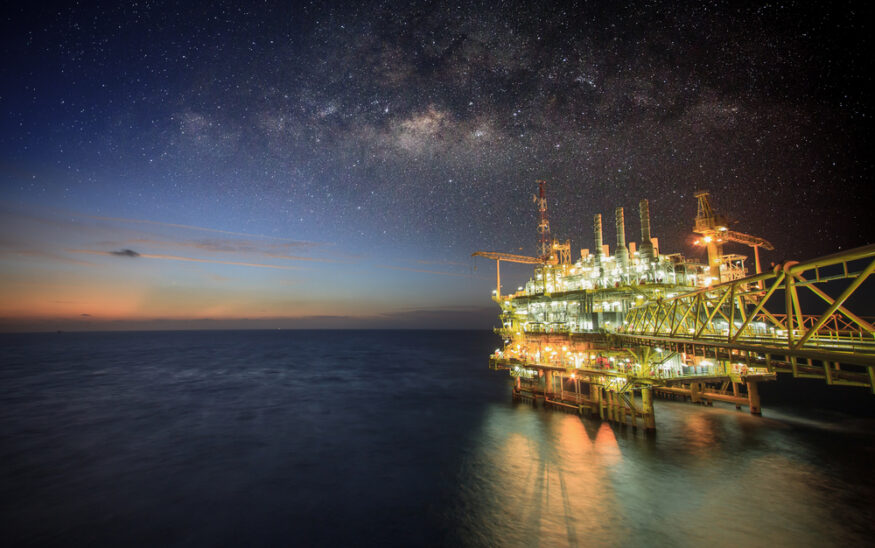Why Trump’s Offshore Drilling Lease Sale Shouldn’t Cause Panic Yet
The president declared the U.S. coastal waters are open for oil and gas drilling in unprecedented fashion
Sarp Ozkan //January 22, 2018//


Why Trump’s Offshore Drilling Lease Sale Shouldn’t Cause Panic Yet
The president declared the U.S. coastal waters are open for oil and gas drilling in unprecedented fashion
Sarp Ozkan //January 22, 2018//

On Jan. 4, 2018, U.S. Secretary of the Interior Ryan Zinke announced the National Outer Continental Shelf Oil & Gas Leasing Program (National OCS) for 2019–2024. The new plan proposes to make more than 90 percent of total OCS acreage available for future exploration and targets the largest number of lease sales in U.S. history. This is in direct contrast to the current plan set forth by President Barack Obama, which makes 94 percent of the OCS off-limits. In other words, President Donald Trump has declared the U.S. coastal waters open for oil and gas drilling in unprecedented fashion.
But as any business owner can tell you, merely flipping a sign from closed to open does not mean a flood of customers will come pouring in— rather, it typically starts with a drip.
The five-year Draft Proposed Program (DPP) includes 47 potential lease sales—19 off the coast of Alaska, seven in the Pacific, 12 in the Gulf of Mexico (GoM) and nine in the Atlantic.

Figure 1 – 2019–2024 Outer Continental Shelf Oil & Gas Leasing DPP (Source: BOEM, https://www.boem.gov/)
The announcement has been touted as a great step toward solidifying the U.S. as a leader in oil and gas production for years to come. However, it is prudent to note that given the recent price levels and how prolific, vast and economic onshore shale resources have proven to be, the opportunities to effectively and economically drill offshore will be limited in the near term.
Offshore oil and gas resources require a long lead time to explore and develop. Given that most of these waters previously remained unexplored and many parts have not been developed at all, there will be lag time between when leases are awarded and when they lead to production. Offshore projects will take more than two years to develop compared to onshore shale wells which can react much more quickly to market conditions and yield first production in as quickly as three months.
Regardless, the leasing program will allow for new exploration and development activity in the OCS and may impact production potential in the longer term. This activity will largely be led by “majors” – the six or seven largest publicly traded oil and gas companies – that have a marked advantage in longer-term projects given the capital requirements. Majors are the leaders in OCS production, and independents remain the leaders in onshore shale (Figure 2).


How successful the exploration process is will determine the real winners. But for now, it’s important to remember that opening of our coastal areas for exploration is just that, exploration.
Sarp Ozkan is a senior oil and gas market analyst and manager of upstream and crude market efforts for Drillinginfo Market Intelligence. He has research and modeling experience in the upstream and downstream markets and has presented his work at various academic conferences around the world, including those organized by the Society of Petroleum Engineers (SPE). Ozkan’s focus on data-driven modeling and his ability to incorporate the effects of technological and market advances into analyses provides clients a thorough picture of the present and the future in their area of interest within the oil and gas industry.



























